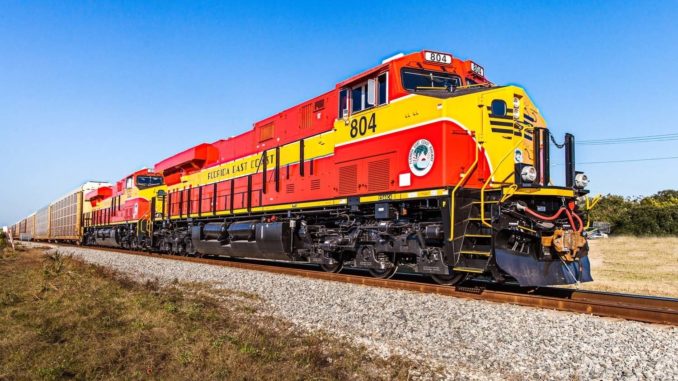
Too many regulations would have a major impact on the railroad industry’s ability to sustain private investment to build, maintain and upgrade the nation’s 140,000-mile rail network.
That was the message of Association of American Railroads (AAR) President and CEO Edward R. Hamberger, who testified last week before a Surface Transportation Board (STB) hearing on railroad revenue adequacy.
“Freight rail success today is due to the foresight of the government leaders in 1980 who unleashed the transformational power of the market place through partial deregulation,” Hamberger said. “Subsequent federal involvement in rail economics both in the legislative and regulatory arenas honored the belief that a developed nation requires a top-notch freight rail system and that system is best provided by private companies in control of their resources rather than through the government.”
Railroads made nearly $29 billion in rail infrastructure in 2015 and have invested $575 billion since 1980. But, moving back to 1970s-era regulatory policies would threaten railroads’ ability to improve rail safety, increase U.S. exports and support U.S. energy independence.
“As you take up the issue of revenue adequacy, you are painting on a much, much larger canvas than just the inside of this room,” Hamberger said. “What you are considering and may decide here in this hearing room a stone’s throw from the U.S. Capitol will ripple across the economy and ultimately impact most every American.”
The Staggers Act of 1980 partially deregulated the freight rail industry. Rail proponents say that change has allowed railroads to earn the revenue needed to meet their needs without relying on federal tax dollars.

